Which of the following orbitals are represented by n=4 and l=1?
4py
4’px
4dxy
4dx2−y2
The correct Answer is:A, B, D
To determine which orbitals are represented by the quantum numbers n=4 and l=1, we can follow these steps:
Step 1: Understand the Quantum Numbers
- The principal quantum number n indicates the shell or energy level of the electron. Here, n=4 means we are looking at the 4th shell.
- The azimuthal quantum number l indicates the subshell type. The values of l correspond to different subshells:
- l=0 corresponds to the s subshell,
- l=1 corresponds to the p subshell,
- l=2 corresponds to the d subshell,
- l=3 corresponds to the f subshell.
Step 2: Identify the Subshell
- Since l=1, we identify the subshell as p. Therefore, the subshell for our case is the p subshell.
Step 3: Combine the Quantum Numbers
- Now, we combine the values of n and l to determine the specific orbital. For n=4 and l=1, the orbital is referred to as 4p.
Step 4: Identify the Possible Orbitals
- The p subshell can contain three orbitals, which are denoted as 4px, 4py, and 4pz. These correspond to the different orientations of the p orbitals in three-dimensional space.
Conclusion
- The orbitals represented by n=4 and l=1 are 4px, 4py, and 4pz. Therefore, the answer is 4p orbitals.
- The principal quantum number n indicates the shell or energy level of the electron. Here, n=4 means we are looking at the 4th shell.
- The azimuthal quantum number l indicates the subshell type. The values of l correspond to different subshells:
- l=0 corresponds to the s subshell,
- l=1 corresponds to the p subshell,
- l=2 corresponds to the d subshell,
- l=3 corresponds to the f subshell.
- Since l=1, we identify the subshell as p. Therefore, the subshell for our case is the p subshell.
- Now, we combine the values of n and l to determine the specific orbital. For n=4 and l=1, the orbital is referred to as 4p.
- The p subshell can contain three orbitals, which are denoted as 4px, 4py, and 4pz. These correspond to the different orientations of the p orbitals in three-dimensional space.
- The orbitals represented by n=4 and l=1 are 4px, 4py, and 4pz. Therefore, the answer is 4p orbitals.
Similar Questions
a. An atomic orbital has n=3. What are the possible values of l and m?
b. List the quantum numbers (m1andl) of electons for 3d orbital.
c. Which of the following orbitals are possible" lp,2s,2p, and 3f?View Solutiona. An atomic orbital has n=3. What are the possible values of l and m?
b. List the quantum numbers (mandl) of electrons for 3d orbital.
c. Which of the following orbitals are possible" 1p,2s,2p, and 3f?View Solution
Knowledge Check
- Question 1 - Select One
Which of the following graph represents 3s orbital
A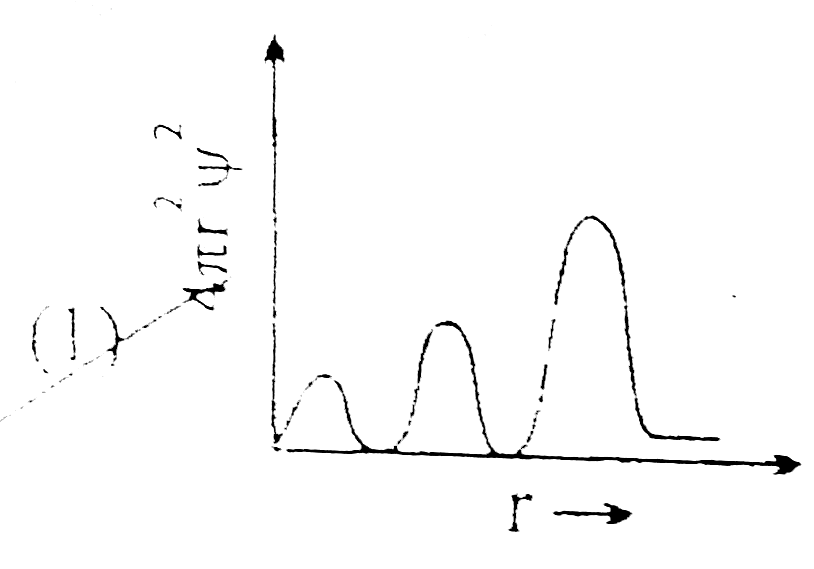 B
B C
C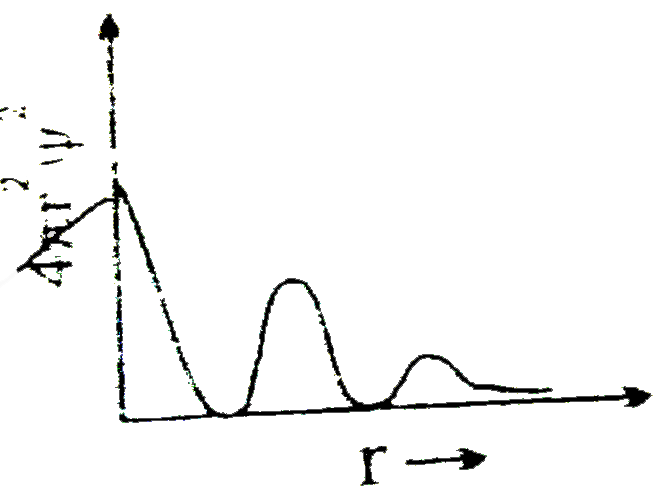 D
D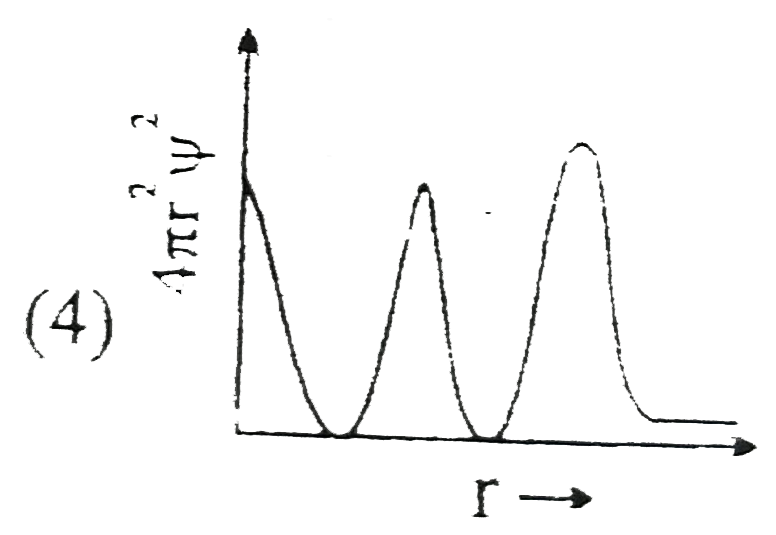
- Question 2 - Select One or More
Which of the following are correct represents of L-amino acids
A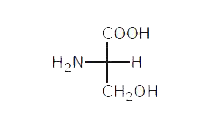 B
B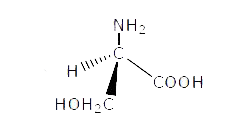 C
C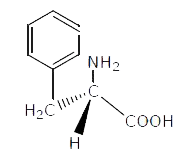 D
D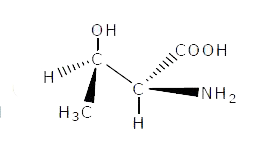
- Question 3 - Select One
Which of the following symbols represent an atomic orbital ?
AΨn,l,m=RnΘlΦmBΨn,l,m=Rn,lΘlΦmCΨn,l,m=RnΘl,mΦmDΨn,l,m=Rn,lΘl,mΦm
How many orbitals are possible for n=2 and l=1?
View SolutionWhich of the following option(s) is/are independent of both n and Z for H−like species?
Un= Potential energy of electron in nth orbit
KEn= Kinetic energy of electron in nth orbit
ln= Angular momentam of electoron in nth orbit
vn= Velcity of electron in nth orbit
fn= Frequency of electron in nth orbit
Tn= Time period of revolution of electron in nth orbitView SolutionWhich of the following structures represent the L-glucose?
View SolutionWhich of the following curves may represent the radius of orbit (rn) in a H-atoms as a function of principal quantum number(n)
View SolutionWhich of the following curves may represent the radius of orbit (rn) in H-atoms as a function of principal quantum number (n)
View Solution

